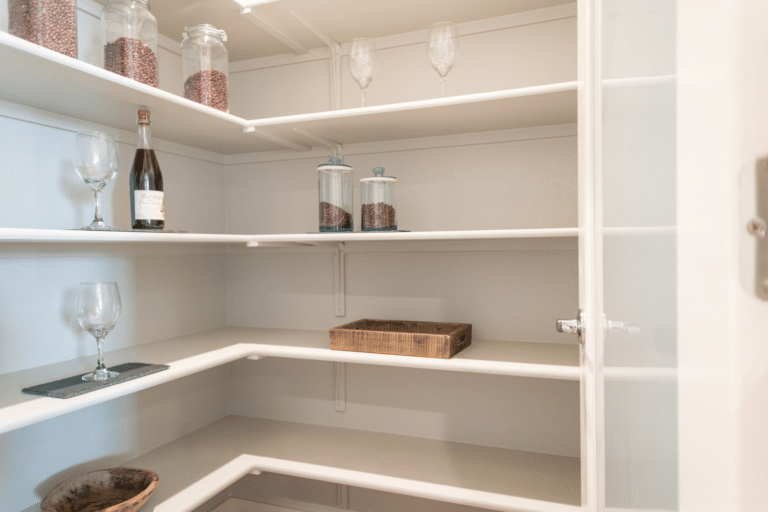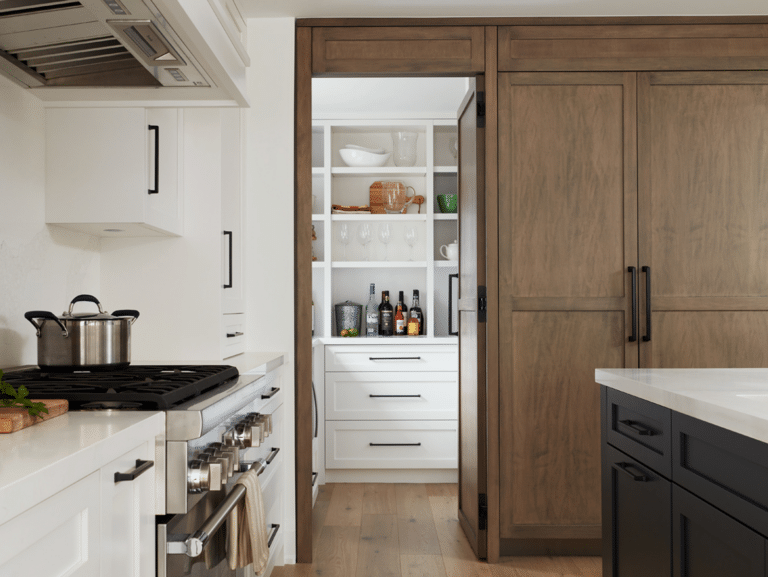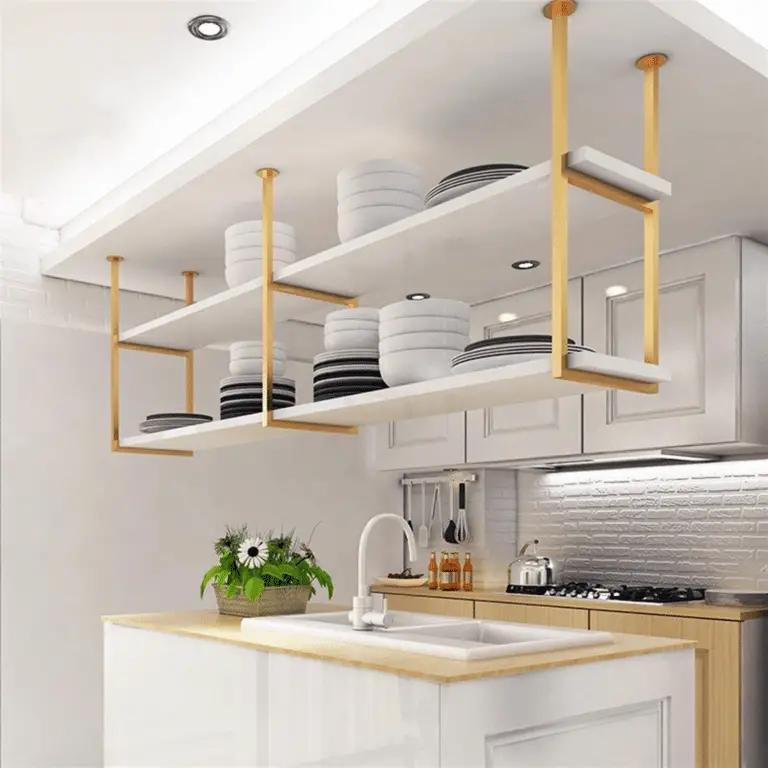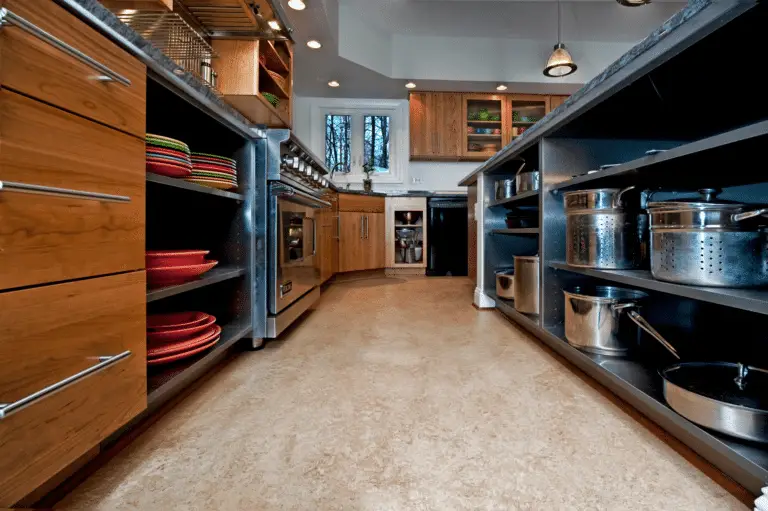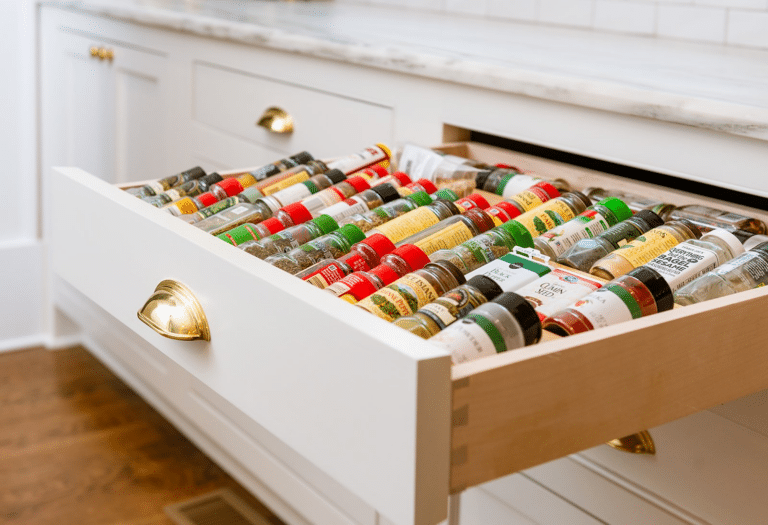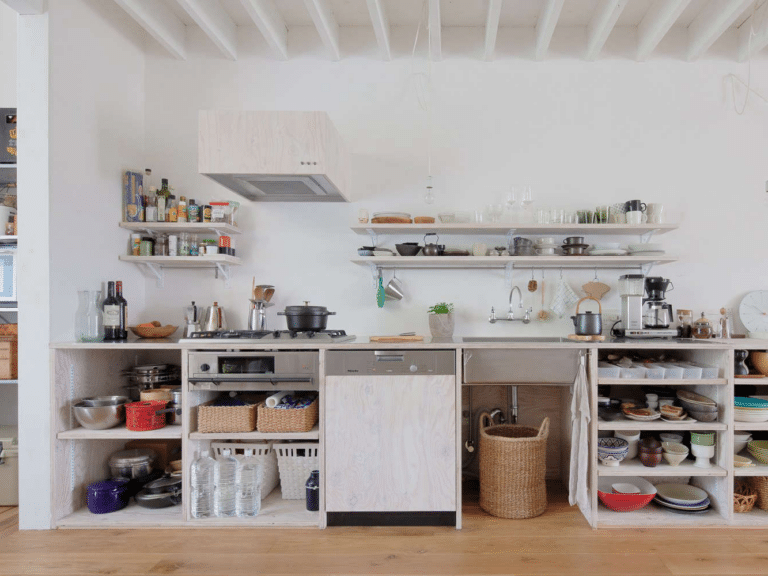Welcome to our blog post all about canning and how it can transform your pantry! From the benefits of food preservation to essential equipment and creative pantry ideas, we’ve got you covered.
Learn how to organize your canned goods efficiently, find unique recipe ideas, and get expert tips to make the canning process more enjoyable. Whether you’re a beginner or a seasoned pro, discover how canning pantry ideas can revolutionize your kitchen! Let’s dive in and explore the endless possibilities.
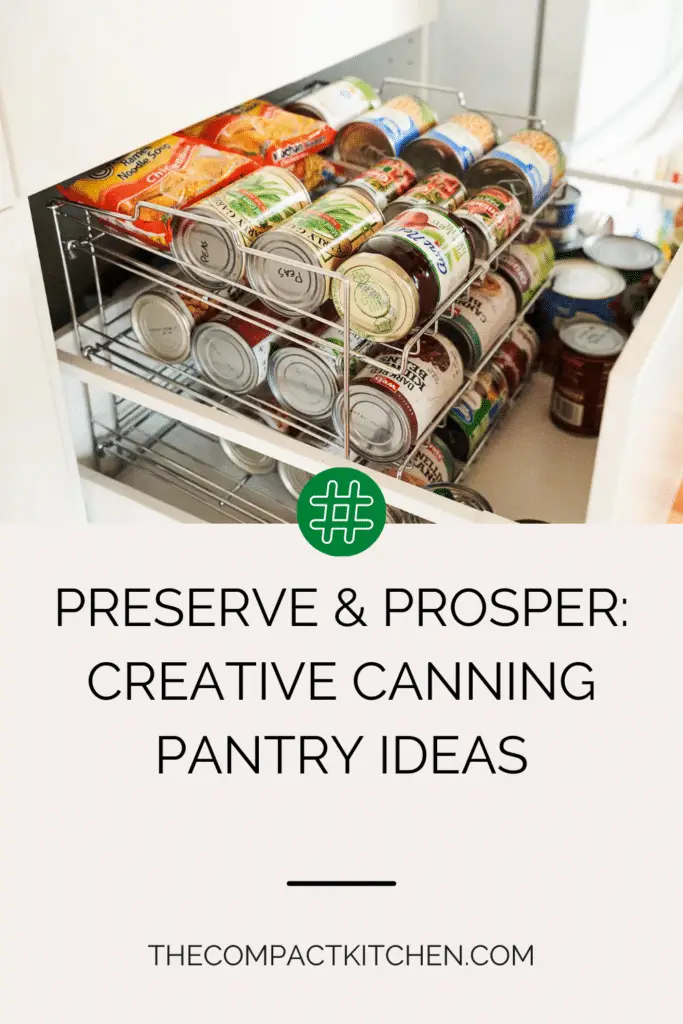
Introduction to Canning & its Importance in a Pantry
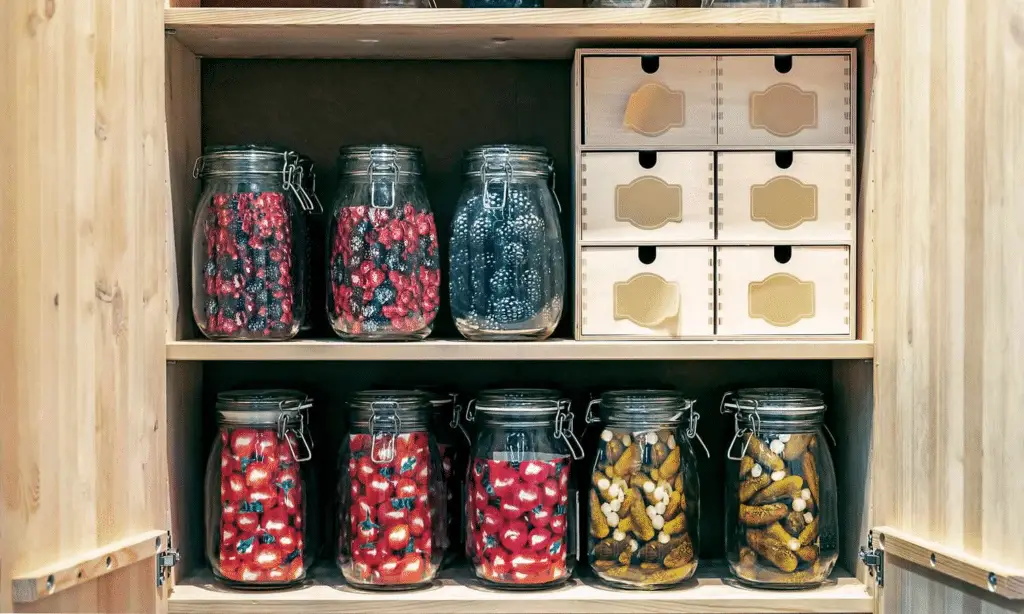
When it comes to stocking your pantry with delicious and nutritious foods, canning is a game-changer. Not only does canning help you preserve the bounty of the harvest season, but it also ensures that you have a well-stocked pantry year-round. The beauty of canning lies in its simplicity and practicality, making it an essential skill for any home cook.
The benefits of canning
One of the key benefits of canning is that it allows you to enjoy the flavors of summer fruits and vegetables long after the season has passed. By preserving your own produce, you can control the ingredients and avoid the additives and preservatives found in store-bought canned goods. Additionally, canning is a sustainable practice that reduces food waste and promotes self-sufficiency.
Contributing to a well-stocked pantry
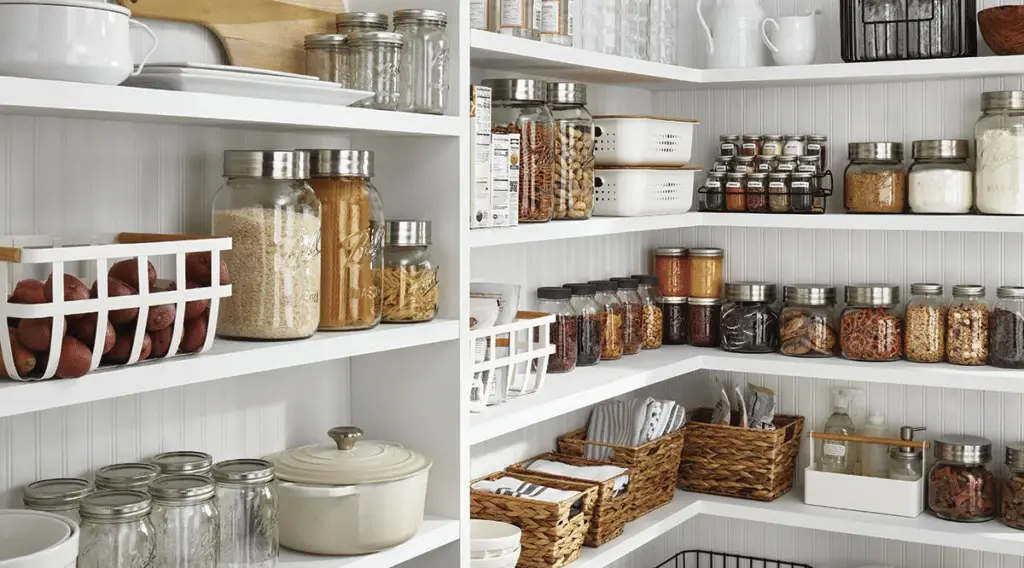
Having a well-stocked pantry is essential for meal planning and emergency preparedness. Canning allows you to build a pantry full of homemade jams, pickles, and sauces that can be used in a variety of dishes. With a pantry full of canned goods, you’ll always have the ingredients you need to whip up a delicious and nutritious meal at a moment’s notice.
Essential Equipment for Canning
When it comes to canning pantry ideas, having the right equipment is essential for a successful process. Whether you’re a seasoned canner or just starting out, having the proper tools on hand can make all the difference in the quality and safety of your canned goods.
Fundamental Tools and Equipment
One of the first things you’ll need for canning is a large, stockpot or water bath canner. This is essential for processing high-acid foods like fruits, jams, and pickles. Additionally, investing in a pressure canner is crucial for preserving low-acid foods like vegetables and meats. Other basic tools include canning jars, lids, and bands, a jar lifter, funnel, and bubble remover tool.
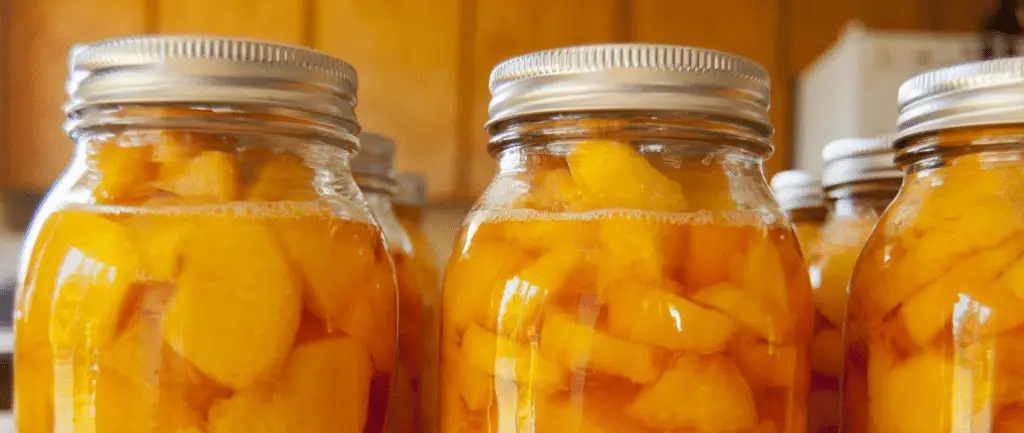
When it comes to choosing canning jars, opt for high-quality glass jars specifically designed for canning. Regular glass jars may not withstand the heat and pressure of the canning process, potentially leading to seal failure.
Safety Measures and Equipment Maintenance
Ensuring the safety of your canned goods starts with maintaining your canning equipment. Before each use, inspect your jars, lids, and bands for any cracks, chips, or rust. Damaged equipment can compromise the seal of your jars, leading to spoilage and potential health risks.
It’s also crucial to follow safe canning practices, such as using tested recipes, processing times, and pressure levels recommended by reputable sources like the USDA. Proper sterilization of jars, lids, and equipment before use is key to preventing contamination and spoilage.
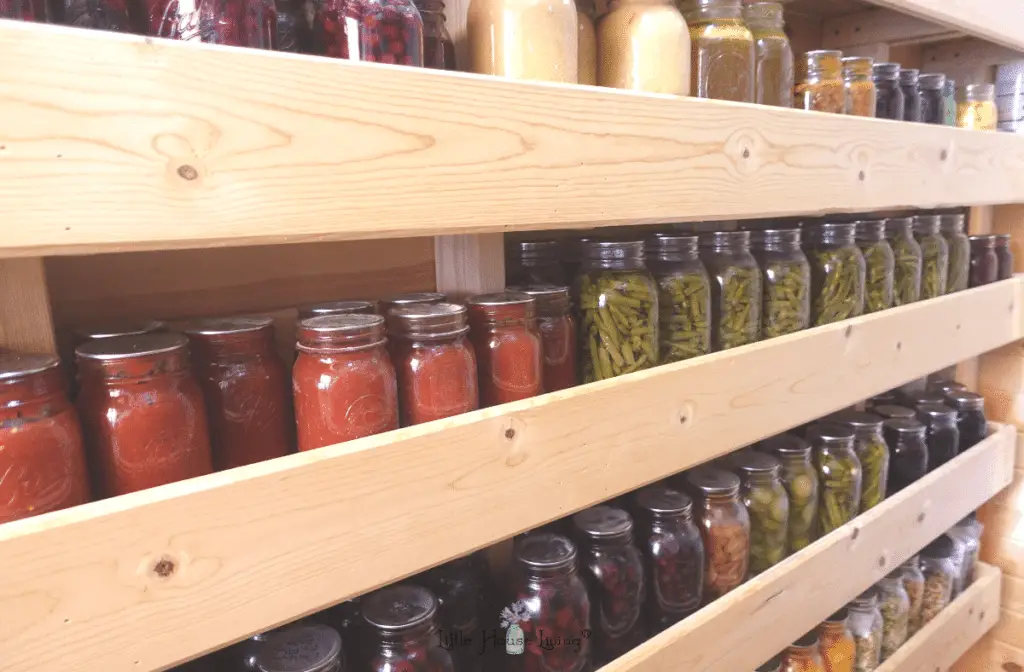
Lastly, be mindful of pressure canner maintenance, such as checking the seals, gauges, and vent pipes regularly. Proper care and maintenance of your equipment will ensure safe and successful canning results every time.
With the right tools and equipment, you’ll be well-equipped to embark on your canning adventures and stock your pantry with delicious and nutritious canned goods.
Creative Canning Pantry Ideas
As you stock up your pantry with canned goods, why not take it up a notch and get creative with your canning endeavors? While traditional staples like pickles and tomato sauces are always great to have on hand, there are endless possibilities when it comes to canned fruits, vegetables, and jams.
Expanding your Pantry Selection
When it comes to canned fruits, think beyond the basic peaches and pears. Consider canning exotic fruits like mangoes, lychees, or guavas to add a tropical twist to your pantry shelves. These fruits can be used in desserts, smoothies, or even paired with savory dishes for a burst of flavor.
For vegetables, experiment with canning unique varieties that you may not find in stores, such as purple cauliflower, rainbow carrots, or heirloom tomatoes. Get creative with your canning recipes by adding herbs, spices, or vinegar brines to elevate the flavors of your preserved vegetables.
Jams and preserves are another fantastic way to jazz up your pantry selection. Try making unconventional jams like raspberry basil, blueberry lavender, or peach cardamom. These flavorful spreads can be enjoyed on toast, paired with cheese, or even used as glazes for meats.
Unleashing Your Creativity with Canning Recipes
To truly make the most of your canned goods, get adventurous with your recipes. Use your canned fruits to make fruit cobblers, pies, or sorbets. Experiment with your canned vegetables in stir-fries, salads, or casseroles.
Jams and preserves can be used beyond just spreading on bread. Try swirling them into yogurt, mixing them into cocktails, or drizzling them over ice cream. Don’t be afraid to think outside the box and use your canned goods in unexpected ways.
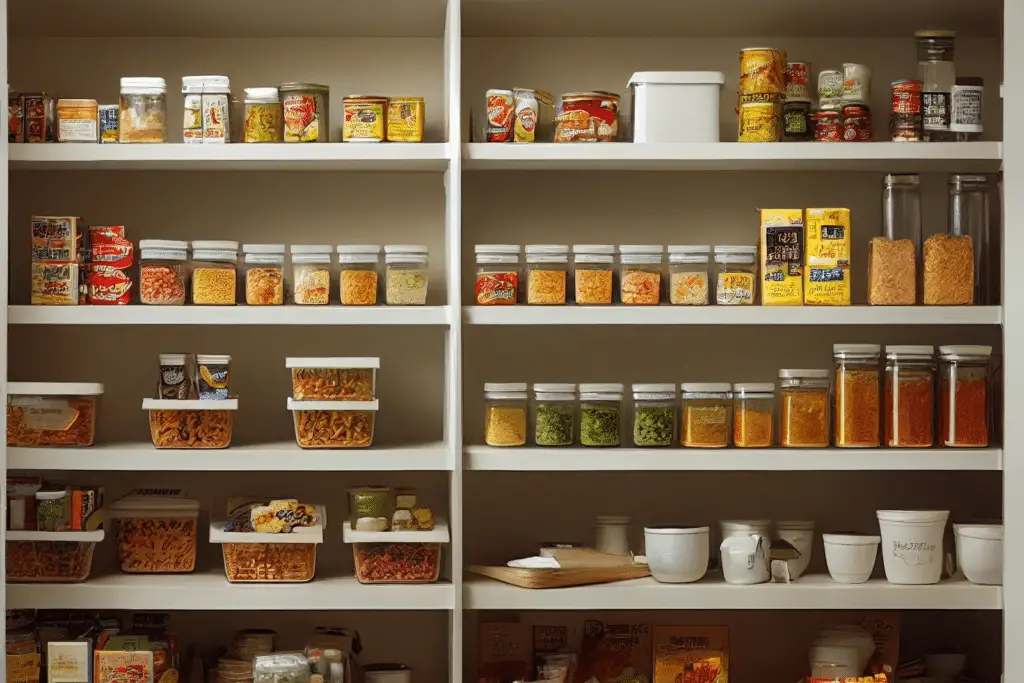
By exploring new flavors and experimenting with creative recipes, you can add a whole new dimension to your pantry. Canning isn’t just about preserving food; it’s about elevating the ingredients you have on hand and creating culinary masterpieces.
So, don’t be afraid to get a little creative with your canning pantry ideas. Let your imagination run wild, and see where your canned goods can take you on a culinary adventure.
Organizing and Storing your Canned Goods
When it comes to creating a well-stocked pantry full of delicious canned goods, organization is key. Properly organizing and storing your canned goods not only helps you keep track of inventory, but also ensures that your food remains fresh and accessible. Here are some space-saving tips for optimizing your pantry to store canned goods effectively:
Utilize Vertical Space:
Maximize your pantry space by utilizing vertical shelving units or installing wall-mounted shelves. This will not only help you take advantage of unused space but also make it easier to see and access your canned goods.
Group Like Items Together:
Organize your canned goods by category (fruits, vegetables, sauces, etc.) to make it easier to find what you need. Grouping like items together also helps you keep track of inventory and prevents duplicates.
Rotate Stock Regularly:
To ensure that your canned goods stay fresh, remember to rotate your stock regularly. Place newer items at the back of the shelf and older items towards the front so that you use the oldest items first.
Labeling and Arrangement:
Invest in a label maker or create your own labels to easily identify the contents of each can. Make sure to include the date of canning to help you keep track of shelf-life. Arrange cans with labels facing outward for easy visibility.
By following these organization tips, you can create a well-organized pantry that is not only efficient but also visually appealing. Properly storing your canned goods will not only help you make the most of your pantry space but also ensure that your food stays fresh and ready to use.
Common Questions and Myths about Canning
Canning can seem like a daunting task for those who are new to the process. There are often misconceptions and questions that arise when embarking on your canning journey. Let’s address some of the most frequently asked questions to help demystify the canning process and make it more approachable.
Is Canning Safe?
One common concern among beginners is the safety of the canning process. When done properly and using the correct equipment, canning can be a safe and effective way to preserve your food. It is essential to follow tested recipes, maintain proper hygiene, and ensure that your equipment is in good working condition to prevent any issues with bacterial contamination.
Do I Need Special Equipment to Start Canning?
While there are specific tools and equipment that are recommended for canning, you don’t need to break the bank to get started. Basic items such as mason jars, a water bath canner, and a funnel are essential for most canning recipes. Investing in a good canner and some canning tools will make the process easier and more efficient in the long run.
Can I Use Any Type of Jar for Canning?
It’s crucial to use jars that are specifically designed for canning to ensure a safe and successful outcome. Mason jars are the most commonly used containers for canning, as they are made to withstand the heat and pressure of the canning process. Using jars that are not intended for canning can put you at risk for breaks and leaks, which can compromise the safety and quality of your preserved foods.
How Long Do Canned Foods Last?
Properly canned foods can last for up to a year or more, depending on the type of food and the canning method used. It’s essential to store your canned goods in a cool, dark place and inspect them for any signs of spoilage before consuming. Labeling your jars with the date of canning can help you keep track of their shelf life and ensure that you use them before they lose their quality.
Do I Need to Sterilize Jars Before Canning?
While some canning recipes require sterilizing jars before filling them, others may call for sanitizing them in hot water. It’s important to follow the specific instructions provided in your recipe to ensure that your canned goods are safe to consume. Properly preparing your jars before canning will help prevent contamination and ensure that your preserved foods have a longer shelf life.
By addressing these common questions and myths about canning, you can feel more confident and prepared to start your own canning adventures. With the right knowledge and equipment, you can enjoy the benefits of having a well-stocked pantry filled with delicious homemade preserves.
Stocking Up Your Canning Pantry: Key Takeaways
In conclusion, canning is not just a trendy hobby; it’s a practical way to take control of your pantry and reduce waste. By investing in the right equipment and embracing creative recipes, you can fill your shelves with delicious and sustainable canned goods. Remember to organize your pantry efficiently and label your cans for easy access. Don’t let FAQs hold you back; with the right guidance, anyone can become a canning pro! Happy preserving!



